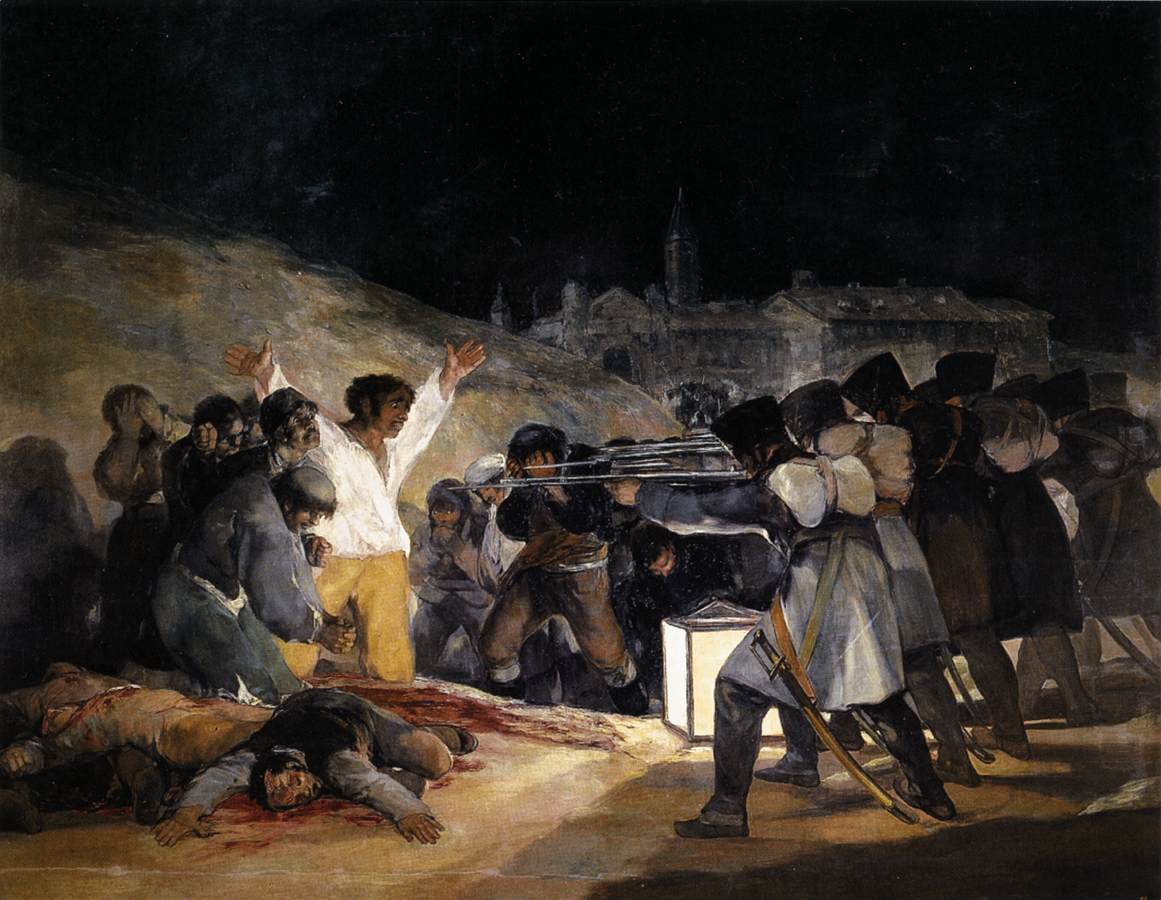Description
The painting The Third of May, 1808: The Execution of the Defenders of Madrid by Francisco De Goya Y Lucientes is a masterpiece that has captivated viewers since its creation in 1814. This work is one of the most important pieces of the artist and It is considered one of the most important works in the history of Spanish art.
The painting represents the execution of the defenders of Madrid by French troops during the Spanish War of Independence. The scene takes place on the night of May 2 and 3, 1808 on the Príncipe Pío mountain, on the outskirts of Madrid. The painting's composition is striking, with a man on his knees in the center of the image, arms outstretched and head tilted skyward, while French soldiers point their weapons at him.
Goya's artistic style is characterized by his masterful technique and his ability to create a dramatic and intense atmosphere. In this painting, the artist uses a loose, expressive brushwork technique to create a sense of movement and tension in the scene. The bright, vibrant colors of the painting, such as red, black, and white, create a dramatic contrast and contribute to the emotional intensity of the work.
The painting is also significant for its political and social message. Goya uses the work to denounce the brutality of the war and the oppression of the Spanish people by French troops. The work is a tribute to the martyrs of the Spanish resistance and a call to action for freedom and justice.
Little-known aspects of the painting include its original size, which is 266 x 345 cm, making it one of Goya's largest works. Furthermore, the painting was created at a time when Goya was experiencing a personal and emotional crisis, which is reflected in the emotional intensity of the work.
In short, The Third of May, 1808: The Execution of the Defenders of Madrid is a masterpiece that represents one of the most tragic pages in Spanish history. The painting is a testament to Goya's talent and skill as an artist and his commitment to social and political denunciation.

